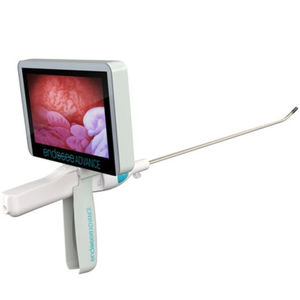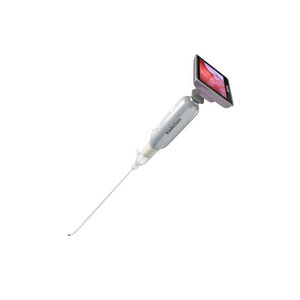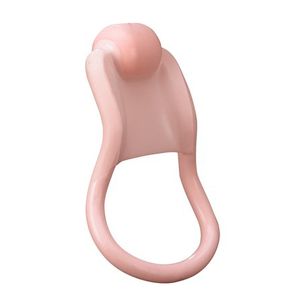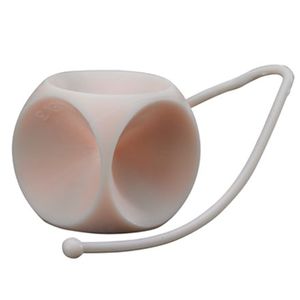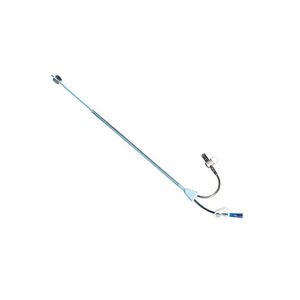
- Secondary care
- Gyneco-obstetrics
- Gellhorn-type vaginal pessary
- Wallach Surgical Devices
Gellhorn-type vaginal pessary Milex®
Add to favorites
Compare this product
Characteristics
- Type
- Gellhorn-type
Description
All the necessary supplies for your Pessary Fitting Kit. If you are not a healthcare professional, please direct your questions regarding pessaries to your physician.
Effective, first-line therapy for prolapse and incontinence
Noninvasive Milex pessaries help manage gynecologic issues including pelvic support defects, stress urinary incontinence and urinary retention.
As a nonsurgical tool for treating mild to severe pelvic organ prolapse, Milex pessaries are an effective option.3 They help to reposition pelvic organs and offer a first-line therapy for women with prolapse and/or incontinence that can affect their quality of life. Available in a range of sizes and shapes, Milex pessaries can be fitted in the convenience of your office and are easily managed by patients. Pessaries may be used in the assessment of prolapse reduction of patient
symptoms and assist in determining appropriate surgical options.
Proper fitting of the pessary may require the patient to try several pessary shapes and sizes.6 Start with a pessary shape and size based on your findings from a complete pelvic examination.
Once the correct shape is determined and the pessary is inserted, check to make sure your finger can pass easily between the pessary and the vaginal wall. Ask the patient to perform a series of tests such as squat, sit or stand without delivery of the pessary.
Also check the pessary to be sure the intended function is met. For example, when the indication for the pessary is stress urinary incontinence, ask the patient to cough with the pessary out and again with it in, to test for urine leakage
Catalogs
Related Searches
- Catheter
- Cannula
- Balloon catheter
- Speculum
- Doppler system
- Diagnostic catheter
- Vaginal speculum
- Pocket doppler
- Double-lumen catheter
- Fetal doppler
- Disposable cannula
- 5 FR catheter
- Dilatation sheath
- Doppler with heart rate monitor
- Sterilizable speculum
- Cardiotocograph
- 7 FR catheter
- Colposcope
- Single-use speculum
- Fetal heart rate fetal monitor
*Prices are pre-tax. They exclude delivery charges and customs duties and do not include additional charges for installation or activation options. Prices are indicative only and may vary by country, with changes to the cost of raw materials and exchange rates.





